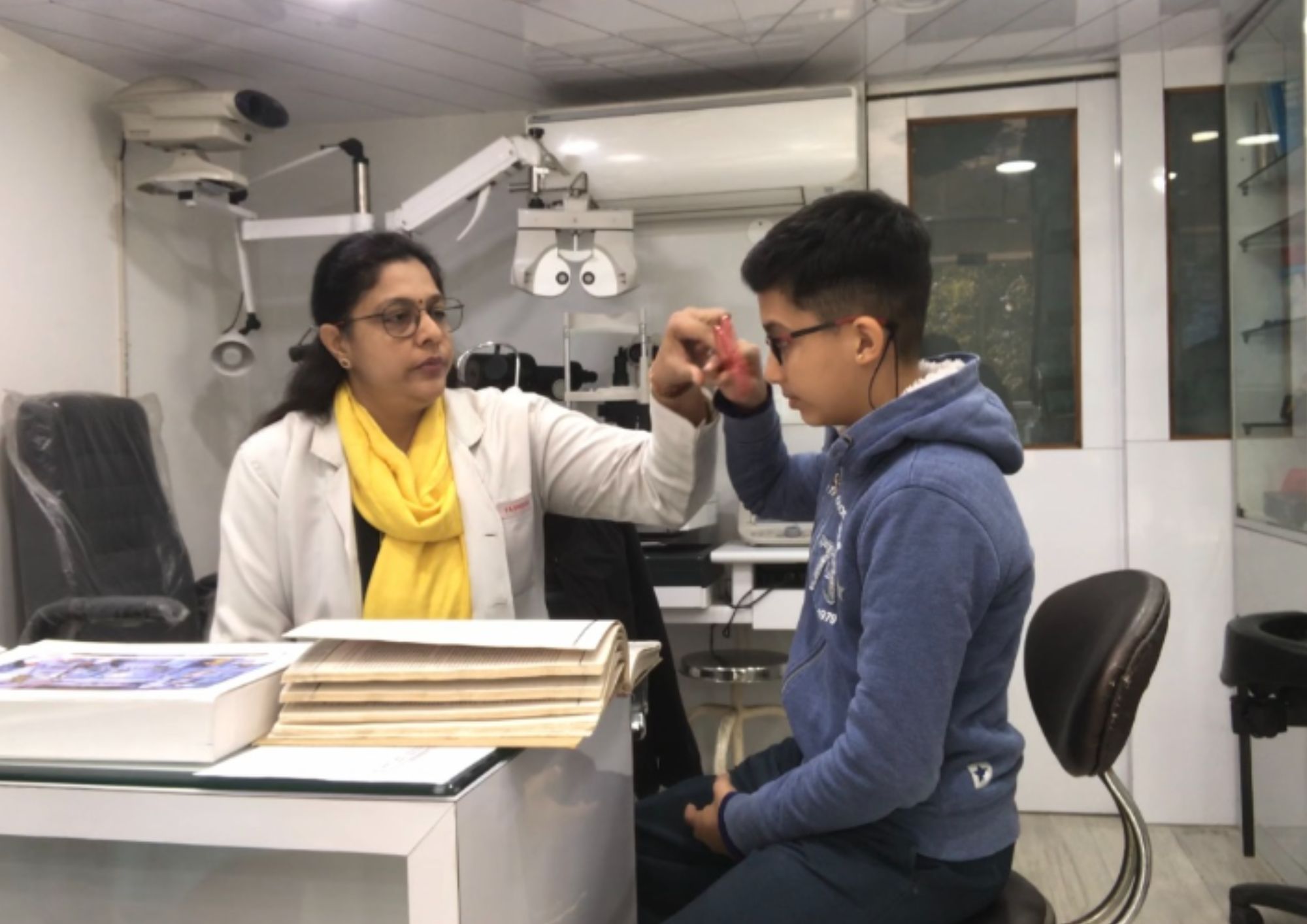Best Refractive Surgeries in AL: State-of-the-Art Eye Treatment
Best Refractive Surgeries in AL: State-of-the-Art Eye Treatment
Blog Article
The Function of Advanced Diagnostic Tools in Identifying Eye Disorders
In the realm of ophthalmology, the use of sophisticated analysis devices has reinvented the very early recognition and management of different eye conditions. As the need for precise and timely diagnoses continues to grow, the combination of sophisticated devices like optical comprehensibility tomography and visual field testing has become important in the world of eye treatment.
Relevance of Very Early Diagnosis
Early diagnosis plays an essential duty in the reliable monitoring and therapy of eye problems. Prompt recognition of eye problems is vital as it enables punctual treatment, possibly stopping more progression of the condition and minimizing long-term complications. By spotting eye disorders at an onset, medical care companies can provide proper therapy strategies tailored to the details condition, eventually resulting in better outcomes for people. In addition, very early medical diagnosis makes it possible for patients to gain access to needed support services and resources sooner, enhancing their overall lifestyle.

Modern Technology for Finding Glaucoma
Sophisticated analysis modern technologies play a crucial role in the very early discovery and surveillance of glaucoma, a leading reason of permanent blindness worldwide. Another advanced device is aesthetic area screening, which maps the level of sensitivity of an individual's aesthetic field, assisting to detect any type of areas of vision loss quality of glaucoma. These sophisticated analysis devices allow ophthalmologists to detect glaucoma in its very early stages, allowing for timely intervention and much better monitoring of the illness to avoid vision loss.
Role of Optical Comprehensibility Tomography

OCT's capability to quantify retinal nerve fiber layer density permits specific and unbiased measurements, assisting in the early discovery of glaucoma even prior to visual area flaws become noticeable. Moreover, OCT technology allows longitudinal monitoring of structural adjustments in time, assisting in customized treatment plans and timely interventions to help preserve clients' vision. The non-invasive nature of OCT imaging additionally makes it a preferred option for monitoring glaucoma progression, as it can be duplicated on a regular basis without causing discomfort to the person. Overall, OCT plays a critical role in improving the analysis precision and monitoring of glaucoma, ultimately contributing to far better end results for individuals at danger of vision loss.
Enhancing Medical Diagnosis With Visual Field Screening
An important component in extensive sensory examinations, aesthetic area testing plays a critical function in improving the analysis procedure for different eye conditions. By examining the complete degree of a client's visual field, this examination gives critical details concerning the practical honesty of the whole aesthetic visit the site pathway, from the retina to the visual cortex.
Aesthetic area testing is especially important in the diagnosis and monitoring of problems such as glaucoma, optic nerve conditions, and various neurological diseases that can influence vision. Through quantitative dimensions of outer and central vision, clinicians can identify refined modifications that may indicate the visibility or progression of these disorders, also before noticeable signs occur.
In addition, aesthetic field screening enables the monitoring of therapy efficacy, aiding ophthalmologists tailor healing interventions to specific clients. eyecare near me. By tracking changes in aesthetic area performance gradually, healthcare providers can make enlightened decisions concerning adjusting drugs, recommending medical interventions, or applying other ideal steps to preserve or boost a client's aesthetic function
Handling Macular Deterioration

Conclusion
In verdict, advanced analysis devices play an essential function in determining eye problems early on. Technologies such as Optical Comprehensibility Tomography and visual area screening have greatly boosted the accuracy and performance of identifying conditions like glaucoma and macular degeneration.
Report this page